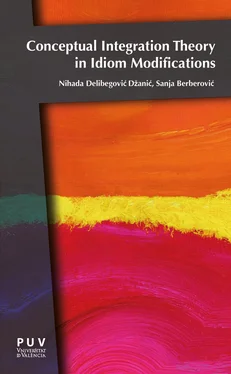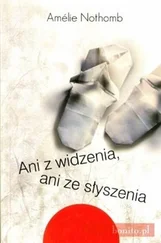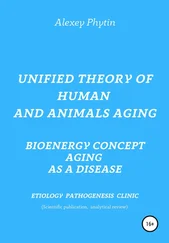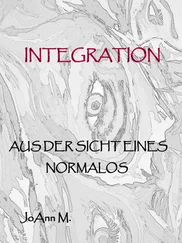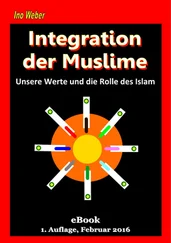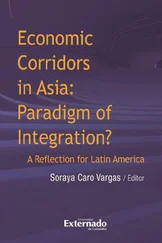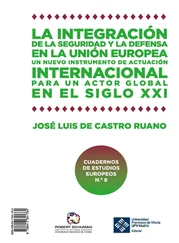Our main hypothesis is idiomatic expressions are variable, and their variations can be explained using the postulates of the Conceptual Integration Theory. Mechanisms of idiom modification have semantic, syntactic and pragmatic constraints. Constraints of modification mechanisms can be explained using vital relations and optimality principles that define relations within conceptual integration networks.
The theoretical framework for this study is the Conceptual Integration Theory, proposed by Fauconnier and Turner (1998, 2002), which aims to account for both linguistic and non-linguistic blends. Creating an integration network is the basis of this theory. Conceptual integration network consists of minimum two input spaces, one generic space and one blended space. Establishing mental spaces, connections between them and blended spaces gives us global insight, new meaning and human-scale understanding. Optimality principles, proposed by Fauconnier and Turner, clarify the relations within the conceptual integration network. These optimality principles are: integration, web, unpacking, topology, good reason, and metonymic tightening. According to Fauconnier and Turner (2002), relations within the conceptual integration network are also regulated with a set of vital relations. They distinguish the following vital relations: change, identity, time, space, cause-effect, part–whole, representation, role, analogy, disanalogy, property, similarity, category, intentionality and uniqueness.
The method used in this study is corpus analysis. Vital relations and optimality principles are tested on selected modified linguistic expressions from the corpus to explain the mechanisms of idiom modification.
The corpus comprises selected examples of idiom modifications collected from magazines Time, The New Yorker, The Economist, National Geographic, Cosmopolitan, Marie Claire. 20 examples were collected from general reading and the electronic media. 15 examples were also taken from the British National Corpus. The reason for including such a limited number of idiom modifications from the BNC lies in the fact that some registers rich in idiom modifications are poorly represented in the BNC. 1
1 Cf. Omazić (2003).
2
Phraseology
Phraseology is referred to as a subdiscipline of the linguistic system which studies structure, meaning and use of phraseological units. Gläser (1998: 125) defines a phraseological unit as ‘a lexicalized, reproducible bilexemic or polylexemic word group in common use, which has relative syntactic and semantic stability, may be idiomatized, may carry connotations, and may have an emphatic or intensifying function in a text’.
The founder of modern research on phraseology is considered to be Swiss linguist Charles Bally. However, it was further developed by Vinogradov (1947), Amosova (1963), and Cherniusheva (1964). Dobrovol’skij and Piirainen (2005 a : 30) point out that ‘the beginning of the scientific research on phraseology in the framework of a consistent linguistic theory, i.e. “Meaning-Text-Theory”, can be ascribed to Mel’c&uk (1960)’.
Research on phraseology has awakened the curiosity of many researchers, mainly in Western Europe, but also in the USA. However, the most important works on phraseology were written in Russian, German and French, but because of the language barrier and the Iron Curtain they were not accessible to Anglo-American linguists. 1
In the past twenty years the interest in phraseology has grown considerably. The semantic and syntactic properties of phraseological units were the field of interest of many linguists. Scholarly attention has also been focused on different approaches to the synchronic and diachronic description of phraseological units, their pragmatic function in discourse, and cross-linguistic differences. 2
Cognitive linguistics and phraseology are inseparable. Idioms present one of the strongest links between phraseology and cognitive linguistics. This claim is based on the fact that idioms present the central problem in phraseological analysis and we are aware that idioms cannot be separated from our conceptual system. The meaning of idioms is far from being arbitrary, it is highly motivated. Motivation is a cognitive mechanism that connects domains of knowledge to idiomatic meanings. Cognitive mechanisms, metaphor, metonymy and conventional knowledge make the meaning of idioms motivated. Many cognitive linguists studied idioms and their behaviour: Lakoff and Johnson (1980), Lakoff (1987), Gibbs (1985, 1986, 1989, 1994, 1995), Taylor (2002, 2003), Ortony (1993), Kövecses (1986, 2000, 2002, 2005), Kövecses and Szábo (1996), Dobrovol’skij and Piirainen (2005), Omazić (2004, 2005 a , 2005 b ) Langlotz (2006), Buljan (2002), Buljan and Gradečak-Erdeljić (2007).
1 Cf. Cowie (1998).
2 Cf. Dobrovol’skij and Piirainen (2005 a ).
Конец ознакомительного фрагмента.
Текст предоставлен ООО «ЛитРес».
Прочитайте эту книгу целиком, купив полную легальную версию на ЛитРес.
Безопасно оплатить книгу можно банковской картой Visa, MasterCard, Maestro, со счета мобильного телефона, с платежного терминала, в салоне МТС или Связной, через PayPal, WebMoney, Яндекс.Деньги, QIWI Кошелек, бонусными картами или другим удобным Вам способом.
